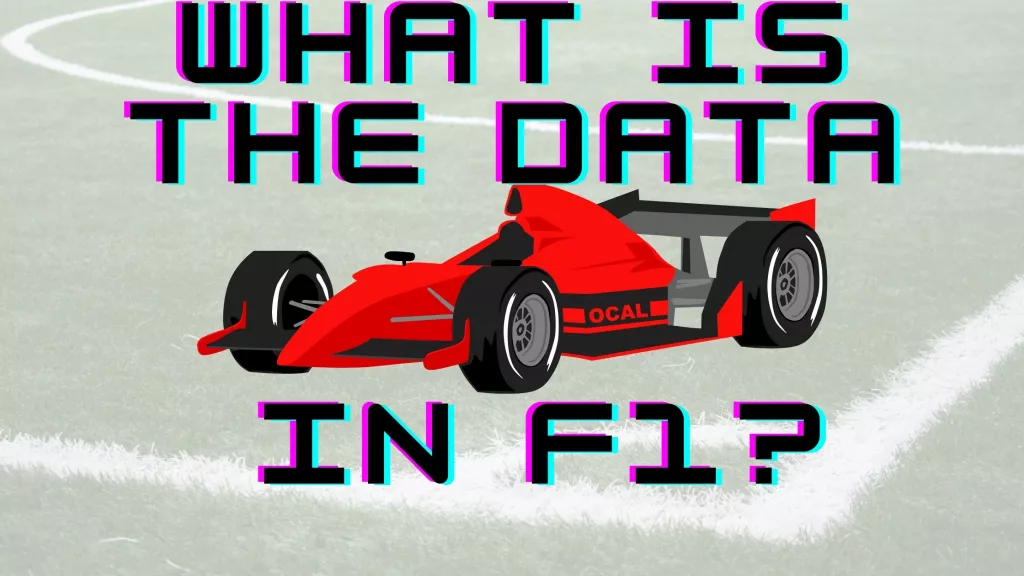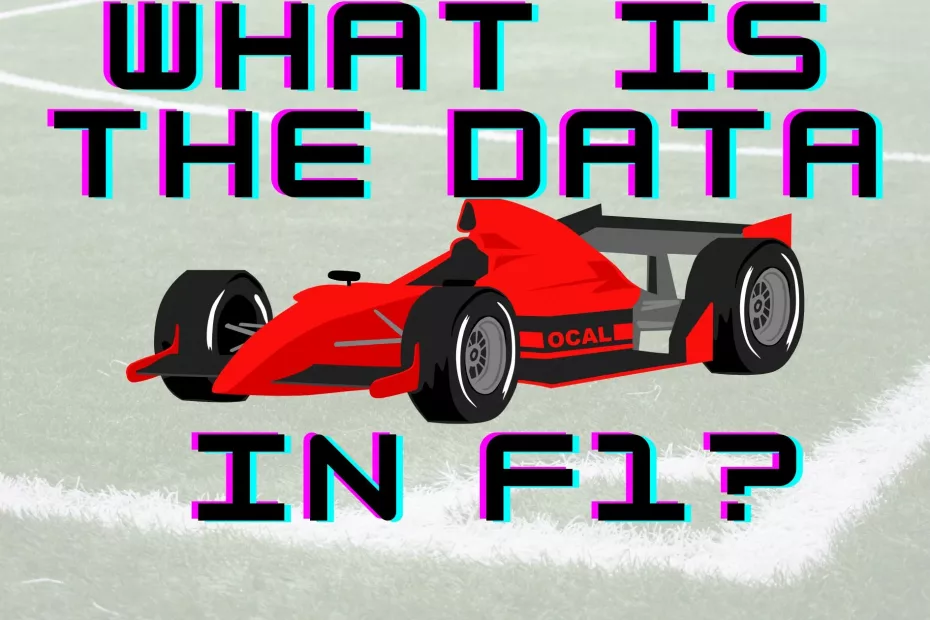During the 2012 Brazilian Grand Prix, the last and defining race of that Formula 1 season, Sebastian Vettel was in the running to win the World Championship for the 3rd time. However, during this decisive race, Vettel’s car was hit from the back early on. It sent him spinning, causing him to actually come in last during his 1st lap. It’s a Redbull. Sebastian Vettel in the middle of the track. It’s the worst possible scenario for Sebastian Vettel who started on the second row and is now running right down at the bottom of the field. If this were any other sport, the competition would have been over. However, Vettel’s analysts and engineers swooped in the moment the impact occurred.

Data and F1
This is where data analytics comes in. What drives Formula 1? Well, it’s not just racers — it’s also data. Every Grand Prix, teams of analysts spanning across continents work together in real-time on data analytics to churn out insights and solutions.
To understand how, let’s begin at the ECU — also known as the Electronic Control Unit. Each Formula 1 car today has a small ECU installed, which is sometimes referred to as a black-box. It’s essentially a powerful mini-computer weighing 2 to 3 kilos. The ECU does 2 things. Firstly, it provides master control for the car’s myriad of systems, including the engine, gearbox, throttle, and clutch.
Secondly, the ECU collects, processes, and uses the cloud to transmit heavy amounts of live data from the car back to the support teams, which include race control personnel, engineers, and data analysts.
These members are scattered across both the track circuit and the factory, often thousands of miles away in another continent. The ECU deals with more than 750 million live data points every race, across more than 1,000 input parameters. When processed, this adds up to an astonishing 300 to 400 gigabytes worth of data generated by each car every Grand Prix weekend.
How is the Data used?
With such heavy datasets requiring such complex analyses, it’s clear that Formula 1 isn’t just a race for the drivers, but it’s also a race for the analysts. Every Formula 1 race car is equipped with 150 to 300 sensors, which are spread across all of the car’s most integral components. This includes the combustion engine. There are also airflow and air pressure sensors scattered throughout the car, temperature sensors in the brakes and tires, and sensors that record the car’s live speeds. On top of that, there are also sensors which indicate the exact position and angle of the car throughout the entire race. The ECU collects all of the sensor data. And then processes and transmits it back to the support teams both on and off site.
The offsite team at the factory does the bulk of the analysis. Once they receive the datasets from the ECU, they get to work immediately. The main software used in Formula 1 is called ATLAS, which stands for Advanced Telemetry Linked Acquisition System. McLaren, the manufacturer of ATLAS, says, “Expressing information contextually, and as patterns rather than plain numbers, enables experts to understand the correlation and relationships between the many pieces of data as they arrive in real-time.”
The insights generated by the factory are then shared with the onsite team. Thus ensuring that all team members are looped in on both the original raw data and its analysis findings. This information is then used to make quick decisions and drive actionable changes on the spot. The support teams can take steps to improve or fix the car’s condition by requesting a pit stop. From there, the onsite mechanics at the pit wall can change the tires, replace parts, tighten the wheel nut, realign the front wing angle to combat over or under steering, refine airflow, and so much more.
A Live Case Study of Data in F1:
Analysing Formula 1 Data with Ex F1 Engineer – 2022 Bahrain and Jeddah – YouTube
Final Thoughts
Now let’s go back to the 2012 Brazilian Grand Prix. After Sebastian Vettel’s collision, his support teams remotely evaluated the salvageability of his car. Through a quick analysis of the live data transmitted from the sensors, the team knew the issues were mainly on the left side. Surrounding a balancing problem that would hinder the tires and engine.
By the time Vettel made his 1st pit stop on the 10th lap. The mechanics and engineers already created a solution for fixing the issue itself. As well as a pivoted strategy for winning the overall race. From knowing when to make pit stops or tire changes, to gauging fuel consumption and engine health. It turns out the secret to winning is data analytics.
For More, follow datafifty.com

Good post. I learn something totally new and challenging on websites I stumbleupon on a daily basis. It will always be useful to read articles from other writers and practice something from other web sites.